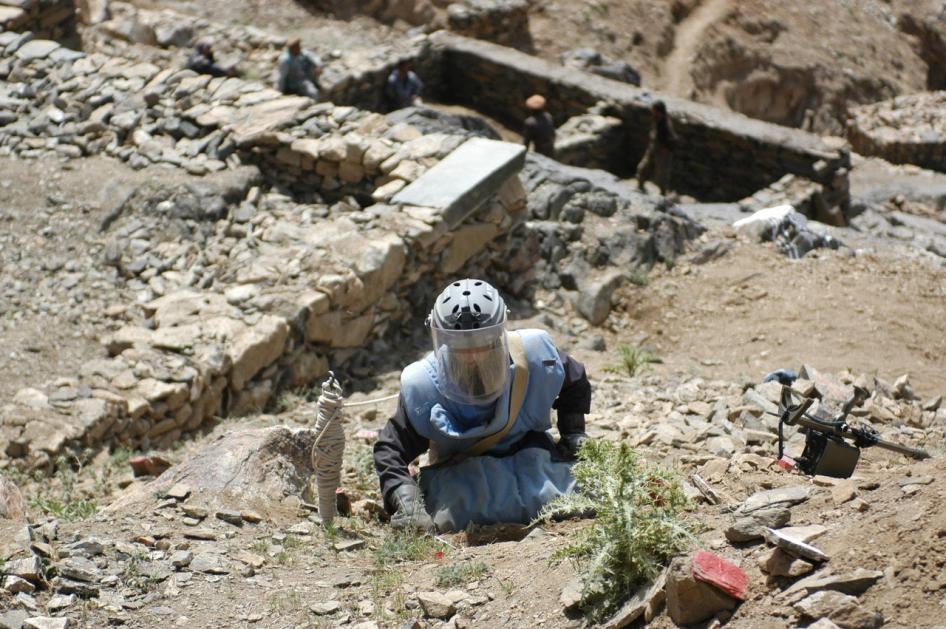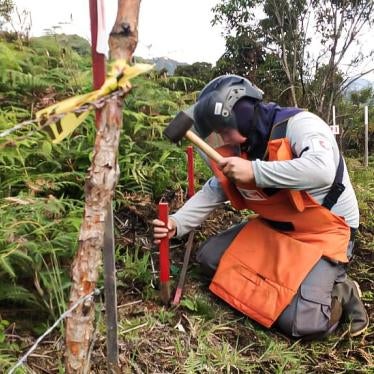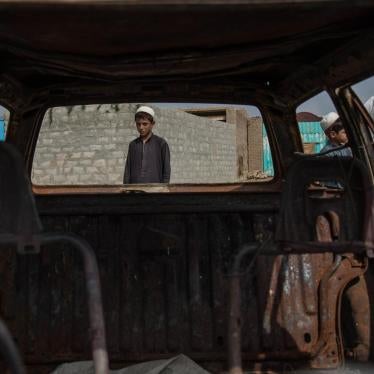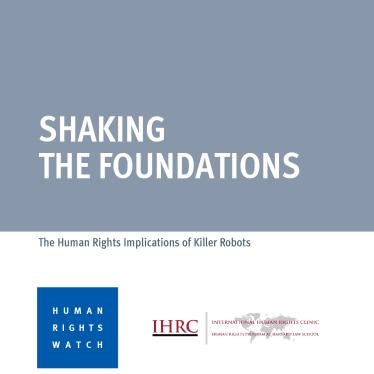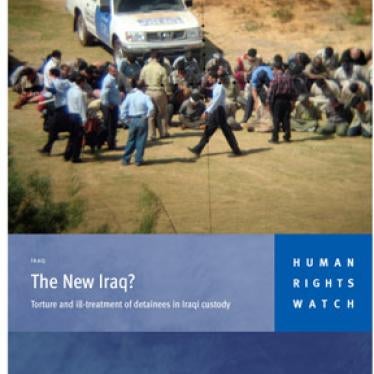- The annual Landmine Monitor 2021 report recorded at least 7,073 casualties from landmines and explosive remnants of war during 2020, up from the 5,853 recorded in 2019.
- Myanmar government forces have used antipersonnel mines in 2021, while non-state armed groups are using them in Myanmar, Afghanistan, Colombia, India, Nigeria, and Pakistan.
- The Biden administration should reject a 2020 Trump administration policy that allows the US to use landmines and join the international mine ban treaty.
(Geneva, November 10, 2021) – The administration of US President Joe Biden should reject a 2020 policy adopted by the previous administration that allows the United States to use antipersonnel landmines anywhere in the world in perpetuity, Human Rights Watch said today in releasing the Landmine Monitor 2021 report. The US government should instead support the international ban on these weapons.
The 124-page Landmine Monitor 2021 report recorded at least 7,073 casualties from landmines and explosive remnants of war during 2020, an increase from the 5,853 recorded in 2019. Where the age of victims was recorded, half of those killed or maimed in 2020 were children, most born years, sometimes decades, after the mines were laid.
The report is the product of the International Campaign to Ban Landmines (ICBL), the global coalition of nongovernmental organizations chaired by Human Rights Watch that received the 1997 Nobel Peace Prize. Landmine Monitor 2021 will be presented at the Mine Ban Treaty’s annual meeting in The Hague, the Netherlands, which opens on November 15, 2021.
“President Biden should forswear future US production and use of antipersonnel landmines and fulfill the previous US goal of eliminating this inherently indiscriminate weapon,” said Mark Hiznay, associate arms division director at Human Rights Watch, and an editor of Landmine Monitor 2021. “The world is waiting for the US to join the international treaty banning landmines.”
The US landmine policy issued by the Trump administration on January 31, 2020, walked back years of incremental steps by the US government to align its policy and practice with the Mine Ban Treaty. The treaty comprehensively prohibits antipersonnel mines and requires mine clearance, destruction of stockpiles, and victim assistance.
During the 2020 presidential campaign, Biden’s campaign criticized the Trump administration’s landmine policy as “another reckless act” that “will put more civilians at risk,” and called it “unnecessary from a military perspective.” US Ambassador Linda Thomas-Greenfield told the UN Security Council in April that President Biden “has been clear that he intends to roll back” the Trump administration policy.
A total of 164 countries have joined the Mine Ban Treaty, including all other NATO members and the US allies Australia and Japan. The US participated in the 1996-1997 Ottawa Process to negotiate the treaty, but never signed or ratified it.
The US Department of Defense still claims that antipersonnel mines are “a vital tool,” but the US last used them in 1991. It has not exported antipersonnel mines since 1992 or produced them since 1997. No antipersonnel mines or other victim-activated munitions are being funded in the fiscal year 2022 budgets of the US Armed Services or Defense Department.
“The US has spent millions to clear and destroy landmines laid around the world, which shows it understands the harm caused by these weapons,” Hiznay said. “To help prevent further landmine casualties, the United States should join the Mine Ban Treaty without delay and be part of the international consensus rejecting landmines.”
Antipersonnel landmines are designed to be exploded by the presence, proximity, or contact of a person and cannot discriminate between a civilian or a soldier. These weapons kill and maim long after conflicts end. The 1997 Mine Ban Treaty comprehensively bans the use, production, stockpiling, and transfer of antipersonnel mines, and requires states to destroy their stockpiles and clear all mined areas, as well as assist landmine survivors.
According to Landmine Monitor 2021, Myanmar government forces continue to use antipersonnel mines in 2021, while non-state armed groups are also using them in Myanmar as well as Afghanistan, Colombia, India, Nigeria, and Pakistan. Human Rights Watch and other groups are reviewing allegations of new landmine use during the late 2020 conflict between Armenia and Azerbaijan over Nagorno-Karabakh.
Under the Mine Ban Treaty, 94 states parties have destroyed a total of more than 55 million landmines from their arsenals. Sri Lanka completed the destruction of its landmine stockpile in 2021. Greece and Ukraine both remain in violation of the treaty after repeatedly missing their respective stockpile destruction deadlines.
Syria, which has experienced extensive conflict over the past decade, had at least 2,729 new landmine casualties during 2020. New landmine casualties were identified in 53 other countries and areas in 2020.
Under the Mine Ban Treaty, 31 countries have completed the clearance of mine-affected areas, while another 60 countries and other areas are contaminated by uncleared landmines.
“The Mine Ban Treaty has generated a powerful global stigma against these weapons,” Hiznay said. “Vigilance is needed to ensure full compliance with the treaty and to prevent further human suffering.”
